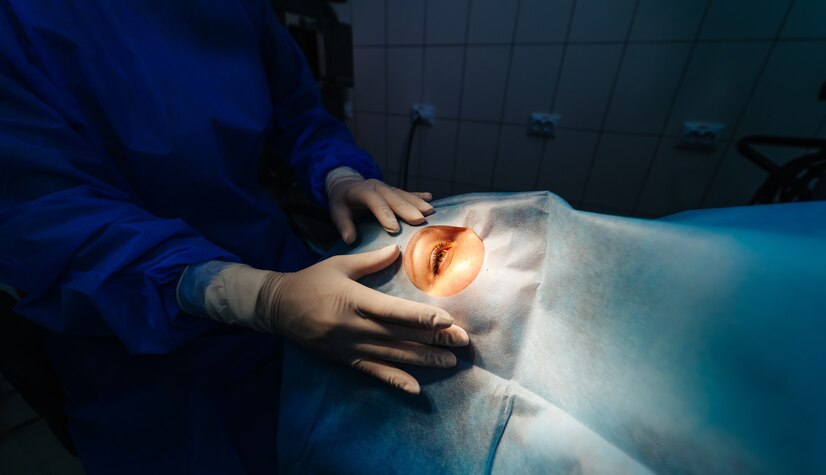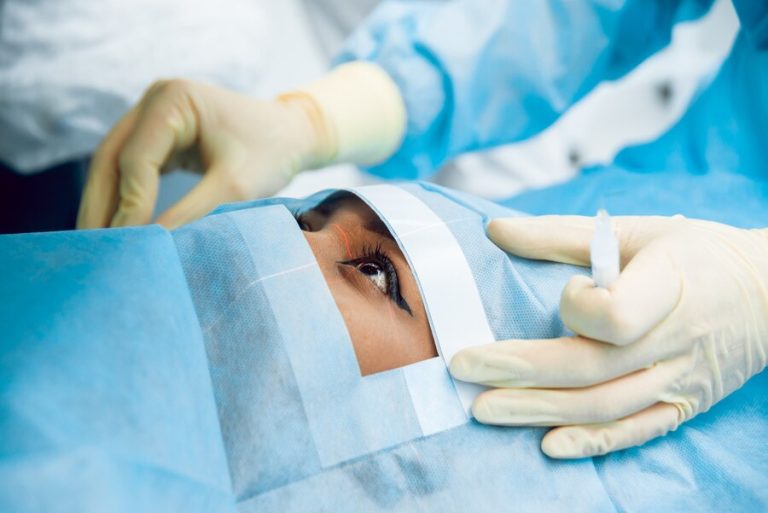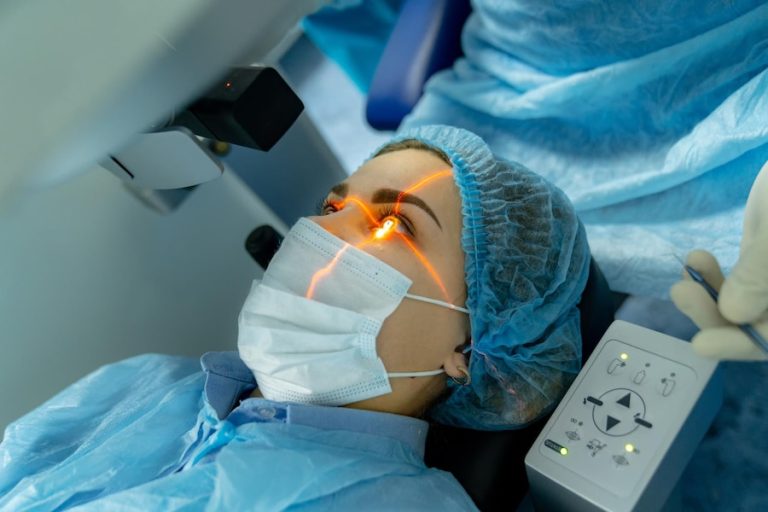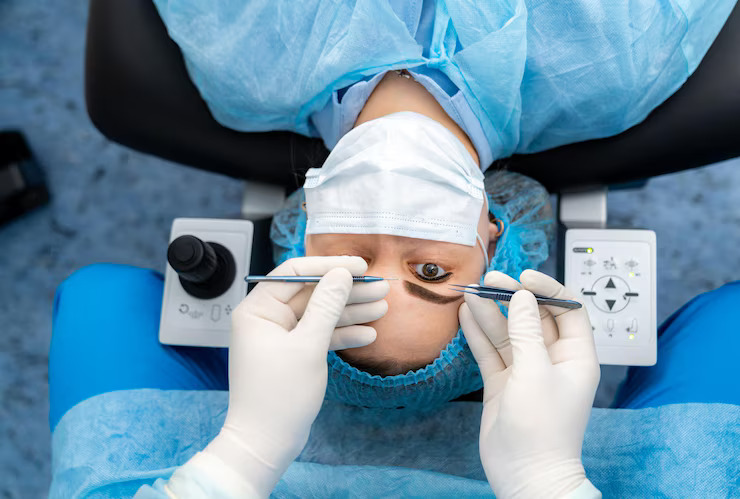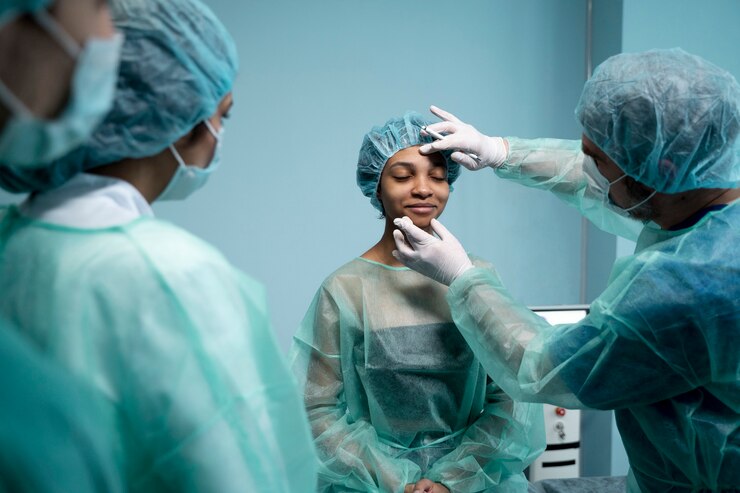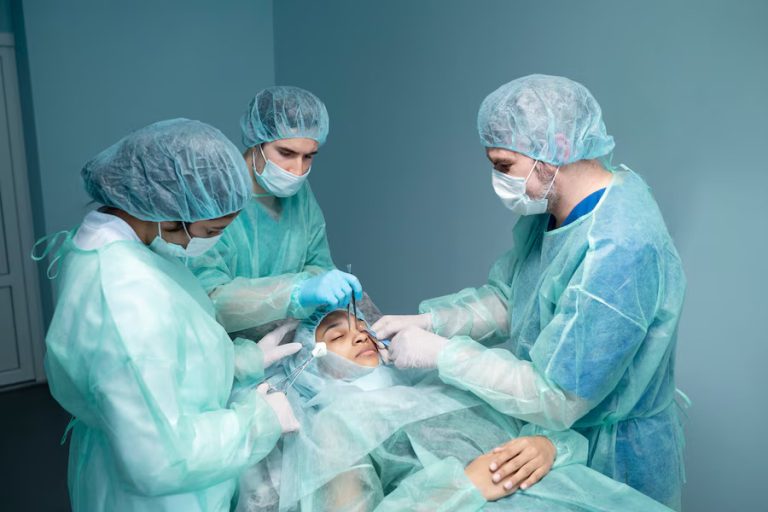Innovative Technologies In Repairing Previous Eye Surgeries: Advancements And Applications
The field of ophthalmology has witnessed remarkable advancements in recent years, particularly in the realm of repairing complications from previous eye surgeries. From cutting-edge imaging techniques to precision-guided surgical interventions, innovative technologies are revolutionizing the way ophthalmologists diagnose, treat, and manage post-operative complications. In this article, we explore the latest advancements and applications of innovative technologies in repairing previous eye surgeries, highlighting their potential to improve patient outcomes and enhance visual quality.
Advanced Imaging Modalities
One of the cornerstones of repairing previous eye surgeries lies in accurate diagnosis and assessment of post-operative complications. Advanced imaging modalities, such as optical coherence tomography (OCT), anterior segment imaging, and ultrasound biomicroscopy (UBM), provide high-resolution visualization of ocular structures, enabling clinicians to identify subtle abnormalities and guide treatment decisions with precision. These non-invasive imaging tools play a crucial role in detecting complications such as corneal irregularities, retinal detachment, and intraocular lens dislocation, facilitating timely intervention and optimal outcomes.
Intraoperative Imaging and Navigation Systems
Intraoperative imaging and navigation systems have emerged as invaluable tools in the surgical management of complications from previous eye surgeries. Real-time visualization of intraocular structures and surgical instruments enhances surgical precision and safety, particularly in challenging cases involving scarred or distorted ocular tissues. Fluorescence-guided imaging, intraoperative OCT, and image-guided navigation systems enable surgeons to navigate complex anatomical terrain with confidence, minimizing the risk of intraoperative complications and improving surgical outcomes.
Laser-Assisted Surgical Techniques
Laser-assisted surgical techniques have transformed the landscape of repairing previous eye surgeries, offering minimally invasive solutions with enhanced precision and efficacy. Femtosecond laser technology enables customized corneal procedures, such as flap creation in LASIK enhancement surgeries and astigmatic keratotomy for corneal irregularities. Additionally, femtosecond laser-assisted cataract surgery allows for precise capsulotomy and lens fragmentation, optimizing visual outcomes and reducing the risk of complications in patients undergoing cataract extraction following previous ocular surgeries.
Artificial Intelligence and Machine Learning
Artificial intelligence (AI) and machine learning algorithms are revolutionizing the field of ophthalmology, offering innovative solutions for diagnosing, predicting, and managing complications from previous eye surgeries. AI-driven image analysis platforms can accurately detect subtle changes in ocular structures, enabling early detection of complications such as glaucoma progression, diabetic retinopathy, and macular edema. Moreover, predictive modeling algorithms leverage large-scale clinical data to forecast individual patient outcomes and personalize treatment strategies, optimizing clinical decision-making and patient care.
Robotic-Assisted Surgery
Robotic-assisted surgery has gained traction in ophthalmology as a promising adjunct to traditional surgical techniques, particularly in complex cases requiring precise tissue manipulation and suturing. Robotic platforms, such as the da Vinci Surgical System, offer enhanced dexterity and maneuverability, enabling surgeons to perform intricate procedures with greater accuracy and control. In repairing previous eye surgeries, robotic-assisted techniques facilitate delicate maneuvers, such as retinal membrane peeling and vitreoretinal surgery, enhancing surgical outcomes and reducing the risk of iatrogenic complications.
Nanotechnology in Ocular Drug Delivery
Nanotechnology holds immense promise in the field of ocular drug delivery, offering targeted and sustained release of therapeutic agents to the ocular tissues. Nanoparticle-based drug carriers enable efficient penetration of drugs across ocular barriers, enhancing bioavailability and minimizing systemic side effects. In repairing previous eye surgeries, nanotechnology-based therapies can mitigate inflammation, promote tissue regeneration, and prevent post-operative complications such as fibrosis and neovascularization. Moreover, nanoscale drug delivery systems can be tailored to specific ocular pathologies, optimizing therapeutic efficacy and patient outcomes.
Challenges and Future Directions
While innovative technologies offer unprecedented opportunities for repairing previous eye surgeries, several challenges must be addressed to realize their full potential. These include regulatory hurdles, cost considerations, and integration into existing clinical workflows. Moreover, the rapid pace of technological innovation necessitates ongoing training and education for ophthalmic surgeons to ensure proficiency and safety in adopting novel techniques. Despite these challenges, the future of ophthalmology is undeniably bright, with innovative technologies poised to revolutionize the diagnosis, treatment, and management of complications from previous eye surgeries, ultimately improving visual outcomes and enhancing patients’ quality of life.

